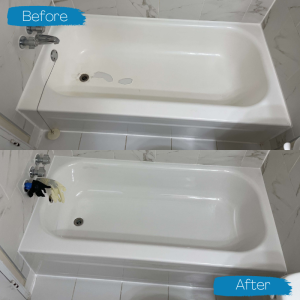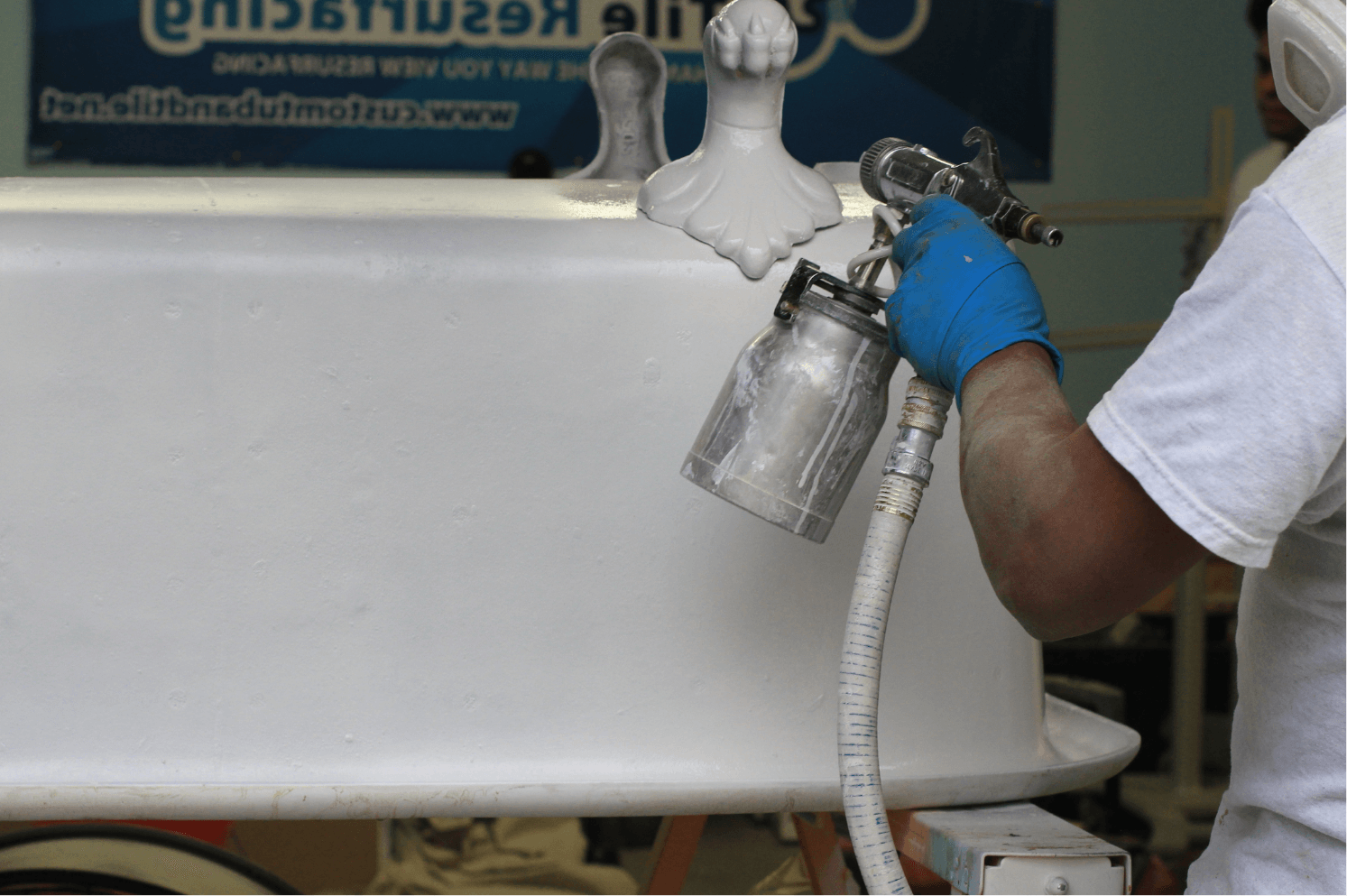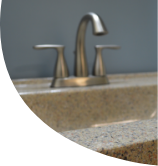How Long Does Bathtub Resurfacing Really Last? (And How to Extend It)
Bathtub resurfacing, also known as tub reglazing or refinishing, is an affordable way to restore an old tub without the hassle and cost of replacement. But how long does refinishing last, and what can you do to maximize its durability? In this blog, we’ll break down the bathtub resurfacing lifespan, factors that affect its longevity, and expert tips to keep your tub looking new for years.
How Long Does Bathtub Resurfacing Last?
A professionally refinished bathtub can last 10 to 15 years with proper care. However, the actual lifespan depends on several factors, including the quality of materials used, the expertise of the technician, and how well the tub is maintained after the process. According to The Spruce, tubs refinished with high-quality coatings and applied by professionals tend to last significantly longer than DIY resurfacing kits.
Factors That Affect Tub Reglazing Durability
Several factors can impact the longevity of a refinished bathtub:
- Quality of Materials Used
Not all resurfacing coatings are created equal. Professional-grade refinishing products, like those used by reputable resurfacing companies, create a stronger, more durable finish compared to DIY kits. According to Bob Vila, professional refinishing can withstand daily use for over a decade, while DIY options often chip or peel within a few years. - Application Process
The skill of the technician plays a huge role in how long resurfacing lasts. Proper surface preparation, including cleaning, repairing chips, and etching the tub for better adhesion, ensures a smooth and long-lasting finish. Poor prep work can lead to peeling and bubbling within months. - Daily Usage & Cleaning Habits
Frequent exposure to harsh chemicals, abrasive cleaning tools, or standing water can wear down the refinished surface faster. Using gentle, non-abrasive cleaners and avoiding bath mats with suction cups (which trap moisture and cause peeling) can help maintain the finish. - Moisture & Ventilation
Excess moisture buildup in bathrooms with poor ventilation can weaken the refinishing over time. Installing a bathroom fan or keeping a window open after bathing can help extend the coating’s lifespan.
 How to Extend the Life of Your Refinished Tub
How to Extend the Life of Your Refinished Tub
To maximize your bathtub resurfacing lifespan, follow these expert care tips:
1. Use Gentle, Non-Abrasive Cleaners
Avoid harsh chemicals like bleach, ammonia, or abrasive powders that can strip the coating. Instead, use mild dish soap, vinegar, or non-abrasive bathroom cleaners. The Spruce recommends using a soft sponge or cloth for cleaning instead of scrub brushes.
2. Avoid Bath Mats with Suction Cups
While bath mats help prevent slips, those with suction cups can trap moisture, leading to premature peeling of the refinished surface. Instead, use a non-slip bath mat that doesn’t adhere directly to the tub.
3. Prevent Water Pooling
Standing water can degrade the refinished surface over time. After each use, wipe down the tub with a towel or squeegee to keep it dry.
4. Be Cautious with Heavy or Sharp Objects
Dropping heavy objects like shampoo bottles or metal razors can chip the refinished surface. Store toiletries on shelves or caddies instead of placing them directly on the tub ledge.
5. Schedule Routine Maintenance
Over time, minor wear and tear can occur. If you notice small chips or cracks forming, have them repaired quickly to prevent further damage. Some resurfacing companies offer touch-up services to extend the lifespan of your tub reglazing.
When Should You Consider Resurfacing Again?
If your refinished tub starts showing signs of wear—such as discoloration, minor chips, or loss of gloss—you don’t necessarily need to replace it. Many resurfacing companies offer re-coating services that can refresh the finish without starting from scratch. However, if peeling or major damage occurs, a full resurfacing job may be required.
Final Thoughts
So, how long does refinishing last? With professional application and proper care, a resurfaced bathtub can stay in great condition for 10-15 years. The key to maximizing its longevity is using gentle cleaners, preventing moisture buildup, and avoiding harsh impacts. By following these simple maintenance tips, you can keep your tub looking pristine for years to come.
Looking for a professional resurfacing service that delivers long-lasting results? Contact us today to learn more about our bathtub refinishing process!


